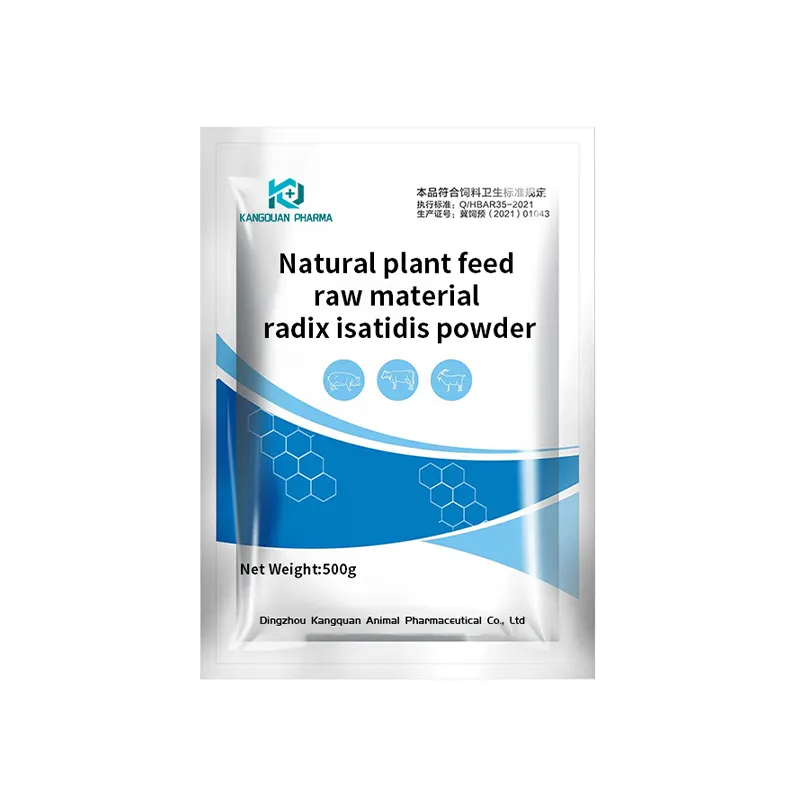- Afrikaans
- Albanian
- Amharic
- Arabic
- Armenian
- Azerbaijani
- Basque
- Belarusian
- Bengali
- Bosnian
- Bulgarian
- Catalan
- Cebuano
- Corsican
- Croatian
- Czech
- Danish
- Dutch
- English
- Esperanto
- Estonian
- Finnish
- French
- Frisian
- Galician
- Georgian
- German
- Greek
- Gujarati
- Haitian Creole
- hausa
- hawaiian
- Hebrew
- Hindi
- Miao
- Hungarian
- Icelandic
- igbo
- Indonesian
- irish
- Italian
- Japanese
- Javanese
- Kannada
- kazakh
- Khmer
- Rwandese
- Korean
- Kurdish
- Kyrgyz
- Lao
- Latin
- Latvian
- Lithuanian
- Luxembourgish
- Macedonian
- Malgashi
- Malay
- Malayalam
- Maltese
- Maori
- Marathi
- Mongolian
- Myanmar
- Nepali
- Norwegian
- Norwegian
- Occitan
- Pashto
- Persian
- Polish
- Portuguese
- Punjabi
- Romanian
- Russian
- Samoan
- Scottish Gaelic
- Serbian
- Sesotho
- Shona
- Sindhi
- Sinhala
- Slovak
- Slovenian
- Somali
- Spanish
- Sundanese
- Swahili
- Swedish
- Tagalog
- Tajik
- Tamil
- Tatar
- Telugu
- Thai
- Turkish
- Turkmen
- Ukrainian
- Urdu
- Uighur
- Uzbek
- Vietnamese
- Welsh
- Bantu
- Yiddish
- Yoruba
- Zulu
8 月 . 10, 2024 17:05 Back to list
Optimal Dosage Recommendations for Butalex Administration in Cattle to Ensure Effective Treatment
The Use of Butalex in Cattle Dosage and Considerations
Butalex, a brand name for the drug buparvaquone, is an important veterinary medication used primarily to treat certain infections and diseases in cattle, particularly those associated with protozoal infections such as theileriosis. Understanding the proper dosage and administration of Butalex is crucial for the effective treatment of these infections, ensuring animal health, and maintaining productivity in cattle herds.
Importance of Butalex in Cattle Health
Buparvaquone acts by inhibiting the mitochondrial electron transport chain in protozoan parasites, ultimately leading to their cell death. Theileriosis, which is caused by parasites such as *Theileria parva*, poses significant health threats to cattle, especially in endemic regions. Early intervention is vital in managing outbreaks to minimize mortality rates and economic losses in affected herds.
Recommended Dosage of Butalex
The dosage of Butalex for cattle can vary depending on several factors, including the specific type of infection being treated, the condition of the animal, and the advice of a veterinary professional. Typically, the recommended dose is around 2.5 mg/kg body weight, administered as a single injection. It is essential to consult a veterinarian to determine the exact dosage and treatment regimen tailored to the specific situation.
To administer Butalex, the drug is usually injected subcutaneously or intramuscularly. Proper injection techniques are crucial to minimize stress on the animal and ensure that the medication is delivered effectively. Stress can impact overall health and recovery, so creating a calm environment during administration is important.
Withdrawal Periods and Safety Precautions
butalex dose in cattle

One critical aspect of administering Butalex is understanding its withdrawal periods—this is the time required after the last treatment before the animal can be processed for meat or milk production without contaminants affecting food safety. The withdrawal period for Butalex is typically set at 60 days for meat and 7-14 days for milk, but veterinarians should always be consulted for the most accurate information based on current regulations and practices.
Before administering Butalex, it is also important for cattle owners to be aware of potential side effects and contraindications. Some animals may exhibit mild reactions at the injection site, but these are generally short-lived. Since the drug is a potent medication, it is important to avoid using it in animals with known hypersensitivities to buparvaquone or in cases of severe liver or kidney dysfunction.
Integrated Approach to Cattle Health
While Butalex is an effective treatment for controlling protozoal infections, it should be part of a broader herd management strategy. Implementing good husbandry practices, vaccination programs, and regular health monitoring can significantly reduce the incidence of diseases like theileriosis. Providing proper nutrition and minimizing stress through good handling practices can also contribute to the overall resilience of cattle against infections.
Moreover, the use of alternative and complementary treatments should not be overlooked. For instance, integration of acaricide treatments to control tick populations can significantly reduce the risk of transmission of protozoal diseases.
Conclusion
In summary, Butalex is a vital tool in combating protozoal infections in cattle, and its proper dosage and administration are crucial for ensuring the health and productivity of affected animals. The responsible use of veterinary medications, combined with effective herd management strategies, can help prevent outbreaks and support the sustainability of cattle farming. Always consult a veterinarian for the best practices tailored to specific situations to ensure the highest standards of animal welfare and food safety.
-
The Power of Radix Isatidis Extract for Your Health and Wellness
NewsOct.29,2024
-
Neomycin Sulfate Soluble Powder: A Versatile Solution for Pet Health
NewsOct.29,2024
-
Lincomycin Hydrochloride Soluble Powder – The Essential Solution
NewsOct.29,2024
-
Garamycin Gentamicin Sulfate for Effective Infection Control
NewsOct.29,2024
-
Doxycycline Hyclate Soluble Powder: Your Antibiotic Needs
NewsOct.29,2024
-
Tilmicosin Premix: The Ultimate Solution for Poultry Health
NewsOct.29,2024













